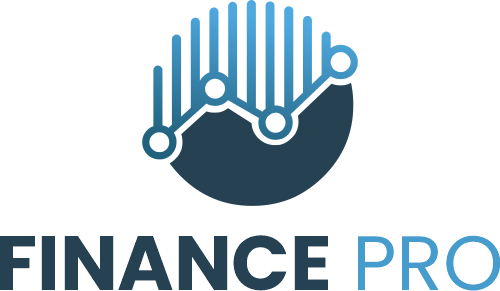Canada’s deficit is rising, and Canada’s Business Council is not on board. The group recently stated in a letter to Prime Minister Mark Carney that the country is in an “investment crisis,” warning that more debt isn’t the way to financial prosperity. So, is the group right? Let’s take a look at how investors can protect themselves in a time of rising deficits.
Rising government deficits mean higher fiscal borrowing, and this usually pushes bond yields up and increases interest rate volatility. As the deficits rise, the government issues more bonds. This increases the supply of bonds and can raise term premiums and nominal yields. That is, unless demand absorbs it. For investors, this means banks can benefit. However, it hurts long-duration bonds and rate-sensitive assets. Today, let’s look at two investments that could benefit until the deficit comes down.
XBB
First, there’s iShares Core Canadian Universe Bond Index ETF (TSX:XBB). This replicates the FTSE Canada Universe Bond Index, with a low 0.1% management expense ratio (MER) and a high 3.4% dividend yield. The ETF focuses on, well, bonds! It has an average effective duration of seven years and a weighted average maturity of nearly 10 years.
What does the deficit mean then for XBB? Higher government issuances put upward pressure on yields, creating capital losses for existing bonds in the near term. As yields rise, new purchases and reinvestments occur at higher coupon rates, so future distributions look more attractive in the medium term. Yet total return can be negative until yields stabilize.
However, if you’re looking for a core bond sleeve with expected deficits, XBB can be a strong long-term option as long as you accept the near-term volatility, while still achieving monthly dividend income.
RY
Another strong option is Royal Bank of Canada (TSX:RY), as banks benefit from higher interest rates and wider deposit and loan spreads. That being said, sustained deficits can slow down the economy. This can spark more inflation and increase credit losses. These are all stressors that require a solid balancing act.
For RY stock, however, it’s long been a solid option even through the worst of times. This was seen during third-quarter earnings, with record net income of $5.4 billion, up 21%, and diluted earnings per share (EPS) up 21%. Furthermore, personal and commercial banking brought in high net income, with its common equity tier-one holding strong at 13.2%.
What’s more, RY stock also offers a steady dividend yield at about 3% supported by a 45% payout ratio. And while it trades at a forward 13.6 times earnings, it still looks reasonably priced. So, if you want income and capital stability with the benefit of a moderate rate rise, then RY stock is a solid option.
Bottom line
It’s true what the Business Council states. Investment can’t simply mean we go further and further into debt. If that’s the case, there needs to be a way to pay it down. Yet during that time, investors can still bring in cash that can support their investments. RY and XBB are two solid options that can do just that, providing a solid core investment for investors on the TSX today.

